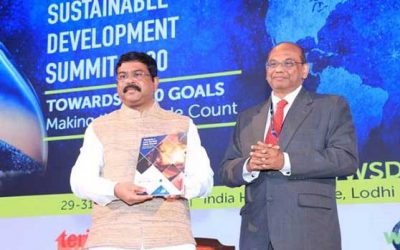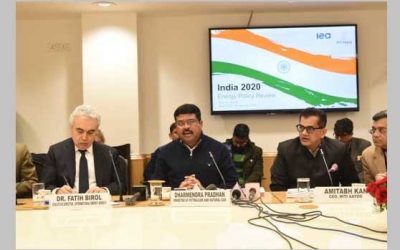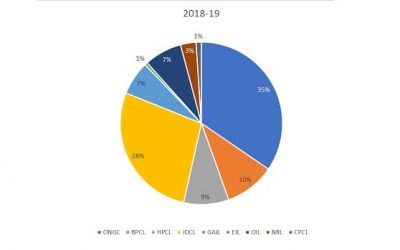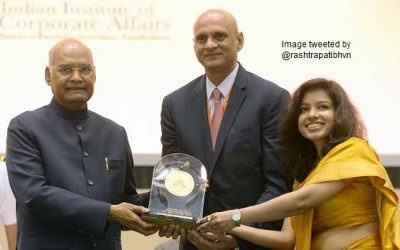The Covid-19 pandemic has impacted the information security priorities of enterprises drastically. With remote working becomes a new normal, IT and cybersecurity risks have grown manifold. The go-to-market needs of users have also transformed, and meeting client expectations in real time have become a challenge in the new environment. Combating cyber threats now needs a multi-pronged approach.
Despite stressed technology budgets, there has been a massive surge of optimism in the cloud and managed services solutions market due to organizations’ innate need to drive agility and scale. Businesses are continually looking at new-age solutions that could help their workforce deliver exceptional results even in the work-from-home environment.
Since millions of people are working remotely, there has been a deluge of new cyber and IT security threats that organizations are witnessing. According to a recent cyber threat report by SonicWall, a leading cyber security player, ransomware continues to be the most concerning threat to corporations and the preferred tool for cybercriminals, increasing a staggering 20% (121.4 million) globally in the first half of 2020. Moreover, 7% of phishing attacks capitalized on Covid-19 pandemic while there was 50% rise of IoT malware attacks. The report said it analyzed threat intelligence data gathered from 1.1 million sensors in over 215 countries and territories.
According to the Covid-19 Threats Report by McAfee Labs, the first quarter of 2020 saw significant increases in several threat categories. During this time, cybercriminals seem to have exploited the vulnerabilities caused by the pandemic and tried to make a substantial impact on the networks. The report states that the new mobile malware increased by 71%, primarily due to trozons, and total mobile malware grew by about 12% over the previous four quarters. Interestingly, new IoT malware saw a 50% increase.
This emerging threat landscape has compelled organizations to aggressively focus on disruptive technologies and solutions that could enable them to innovate confidently and provide consistent value to their clients without breaching trust.
Let’s look at how organizations can enhance their security architectures during these unprecedented times and reduce IT security risks.
Focus on threat lifecycle management
A continuous focus on the entire threat lifecycle management (TLM) provides much-needed assurance for tackling any unforeseen scenarios. Organizations need to evaluate the information assets that they need to protect continually, and then take advanced measures for detecting and mitigating cyber threats.
The depth and quality of threat intelligence softwares can help enterprises achieve the much-needed IT security resilency, even for employees who are on their home networks. Some of the major companies that are providing robust threat intelligence management solutions in the market are: IBM, Dell, Trend Micro, Symantec, Check Point, F-Secure, McAfee, and Juniper.
Upgraded tools and methodologies
As cloud deployments become more and more intricate, organizations should ensure to assimilate multiple ways of inventory classification and include them in overall asset management strategy. In the multi-cloud environment where organizations want the best of public and on-premise worlds, the list of cloud applications can change very quickly. Hence, enterprises should have the necessary tools and methodologies to know:
- List of cloud inventory on their network
- Why they exist
- Are they still important?
Incident response automation
By employing security automation in cloud environments, organizations can control the damage at the right time. Automated incident response tools enhance the detection capabilities of vulnerabilities and threats. It accelerates the response time in the event of a security alarm and free up the time of security teams to focus on high-impact alerts. Some of the leading players in this segment are: FireEye, IBM, AT&T, Symantec, Verizon, and DXC Technology.
Browser isolation technology
Enterprises have been using sandboxing, a software management technique to isolate various enterprise applications from critical resources, as part of their efforts to strengthen security against new-age threats. However, in the current environment, information security practitioners consider web browsers as a chief target for cyber attacks and recommend to implement isolation technologies to physically isolate an employee’s web browser and related activities from the local machine and the network.
This model enables enterprises to track and identify the routine infiltration points on their networks and take remedial measures immediately. Major vendors operating in this segment include Symantec, Cyberinc, and Web Gap.
There are also other tools available through which organizations can quickly isolate affected systems and analyze the breach methodology to prevent such instances in future.














0 Comments